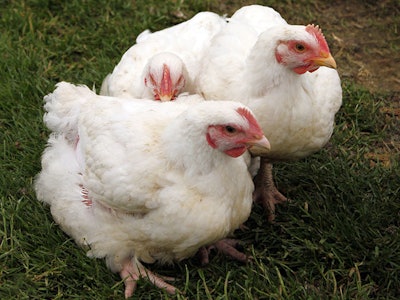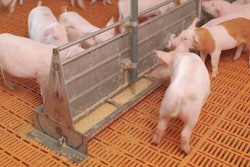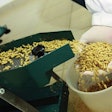
Most feed additives used in poultry are also effective in pigs, as both species are considered monogastrics, or rather non-ruminants. For example, a well-known additive, phytase, works in both poultry and pigs. Yet, other additives are believed to work better in poultry, and specifically in broilers, than in pigs. Is there a real basis behind this popular belief?
As always, the truth is somewhere in the middle.
First, we must keep in mind that the gastrointestinal tract of poultry is not exactly the same as pigs. There are many differences despite the overall resemblance. Here’s an example: Fine-grinding of feed improves feed efficiency in pigs, but has the opposite result in broilers as it upsets their digestive functions. It would only be logical to assume that some additives are better suited in broilers. Such an additive could be butyric acid that is believed to be very effective in broilers but nothing special compared to the rest of organic acids in pigs. The more one gets deeper in the differences between the two species in terms of digestive processes and systems, the more differences can observe in the expected effectiveness of certain additives.
We have more data about poultry than pigs.
Second, it is worth mentioning that a growth trial in broilers lasts about 35 days. A piglet trial requires between 14 and 49 days, but piglets are rather unstable experimental subjects compared to the solid broiler. A growth assay in growing pigs requires several months, whereas trials in sows require the span of a couple of years, at minimum, to be considered valid. Also, given the differences in body size and mass, more replicates per treatment can be obtained with broilers than with any age of pigs. All these result in making broiler trials extremely fast, efficient and comparatively less expensive than trials with pigs. Thus, we have more data about poultry than pigs. It is not surprising, therefore, that many additives are first tested and marketed for poultry and later on for pigs.
When taken together, these two factors (digestive differences and more data generated for poultry) give the impression that certain additives work better in broilers than in pigs.


















